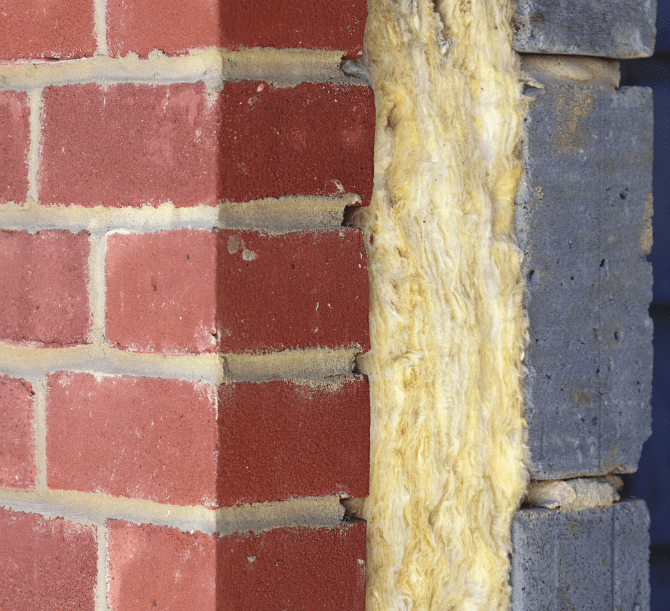Comparing Cavity Wall Insulation Materials
Posted on 29th December 2023 at 05:31
There's no one-size-fits-all solution when it comes to cavity wall filling materials. Whether it's fibreglass, mineral wool, or newer materials like foam boards or natural fibres, each material has its own characteristics that can make a big difference.
By comparing the benefits of these different options, you'll get a better idea of which cavity wall insulation material will suit your specific needs while contributing positively to sustainable construction. So, if you're ready to take control of your home's comfort levels while reducing your carbon footprint, read on as we simplify cavity wall insulation materials.

Importance of Cavity Wall Insulation
It's crucial to insulate your cavity walls to make your home more energy-efficient and comfortable. It reduces energy bills by filling the gap between the inner and outer walls with insulation. In colder climates, cavity wall insulation keeps the house warm and saves energy. Insulating cavity walls can also prevent dampness and condensation, keeping a building's structural integrity intact.
Cavity wall insulation saves you money and helps the environment by reducing carbon emissions. It's a must-have for eco-conscious homeowners looking to reduce their carbon footprint. Cavity wall insulation can also make your house more comfortable by eliminating cold spots and draughts.
Types of Insulation Materials
In terms of cavity wall insulation materials, there are lots of options, each with its own benefits. Fibreglass insulation is popular because of its affordability and energy efficiency.
Another common insulation material used for cavity walls is mineral wool. This material offers exceptional fire resistance and acoustic properties, making it an ideal choice for both thermal and sound insulation needs. Understanding the different types of insulation materials available can help homeowners make informed decisions when choosing the best option for their specific needs.
Thermal Performance Comparison
One of the key factors in comparing cavity wall insulation materials is their thermal performance. Different materials have varying R-values, which measure their ability to resist heat flow. For instance, foam board insulation has a lower R-value compared to fibreglass.
Moisture Resistance and Durability
When comparing cavity wall insulation materials, the key factors of moisture resistance and durability can’t be overlooked. Moisture can wreak havoc on insulation if it is not effectively repelled, leading to degraded performance and potential structural damage. This is where materials like closed-cell spray foam insulation shine, as they provide an impermeable barrier against moisture infiltration.
Cost Analysis and Long-Term Savings
Investing in higher-quality insulation materials may incur a larger upfront expense, but the long-term savings on energy bills can be substantial. In addition, some insulation materials may require more frequent replacements or repairs, leading to higher long-term expenses.
Seal the Deal on Home Comfort
For those in Bristol seeking guidance on the right cavity wall insulation material and professional installation, The Rendering Company has you covered. Renowned for our proficiency in rendering, external wall insulation, and screeding, The Rendering Company goes beyond the ordinary to deliver exceptional results. We're here to deliver the best for your home.
Share this post:
